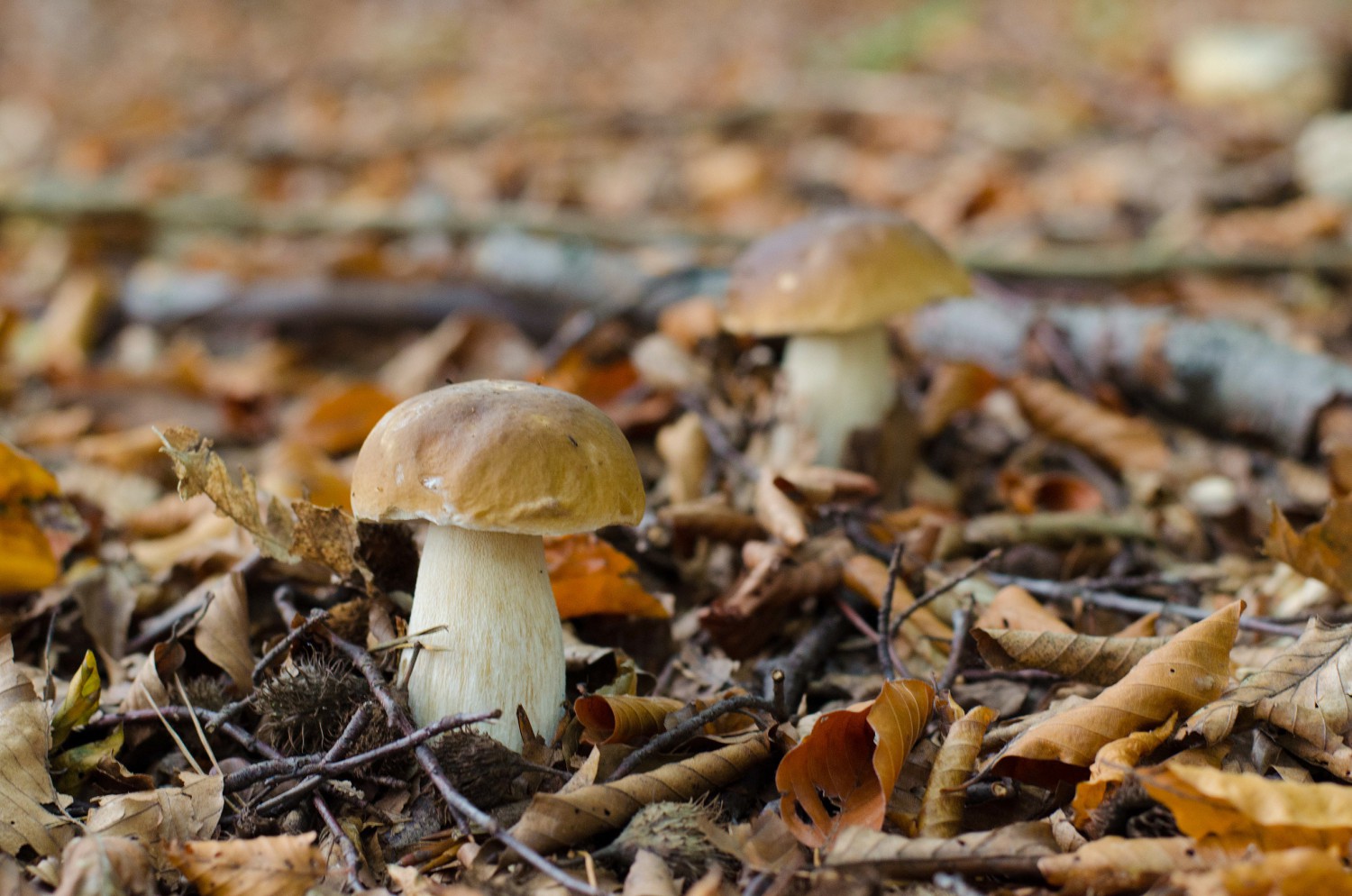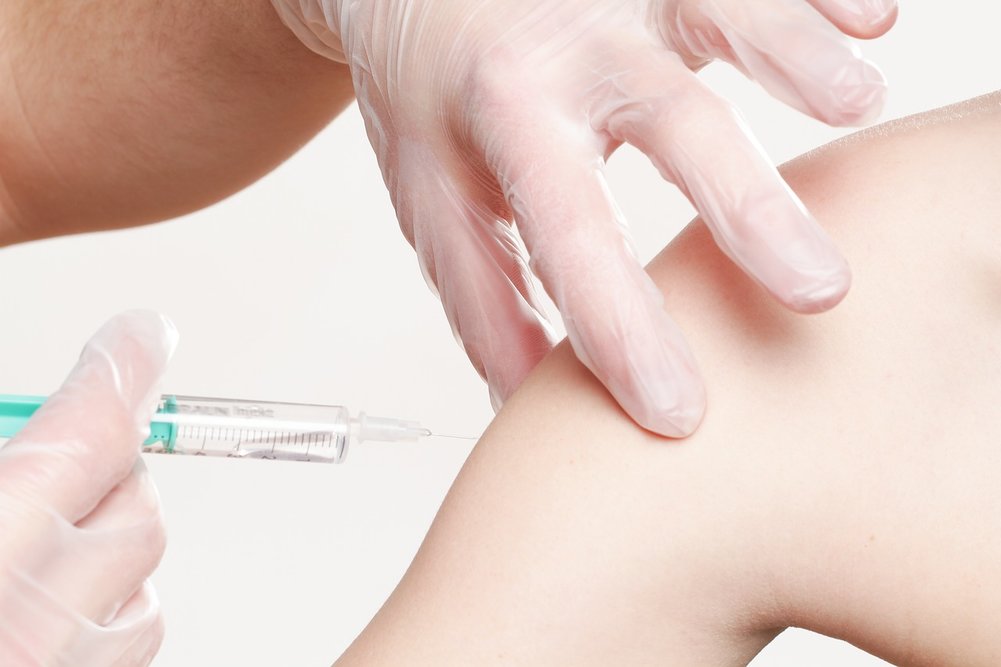Food scientists from Cornell University have developed a test for rapid detection of E. coli in drinking water using genetically-engineered bacteriophages. It can be administered locally in hard-to-reach areas around the world and provides results within hours. Obtaining quick and accurate results is a current bottleneck in preventing infection and could save many.
The risk of catching foodborne diseases is most severe in low and middle-income countries. It is linked to preparing food with unsafe water and inadequate conditions in food production. Some strains of Escherichia coli (E. coli), a bacteria that is commonly found in the lower intestine of warm-blooded organisms, can cause serious food poisoning. When that happens, water samples are usually sent to laboratories which take several days to provide the results. According to a new study published by The Royal Society of Chemistry, this practice could soon come to an end.
The research team developed a bacteriophage named T7NLC, a virus that can seek out E. coli in drinking water and signal its presence. It does that by binding to the bacteria’s cell and shooting its own DNA into it. This causes the bacteria cell to lyse (break open), releasing an enzyme that destroys it completely, as well as generate additional phages to attack other E. coli in its vicinity.
“Drinking water contaminated with E. coli is a major public health concern,” Sam Nugen, Ph.D., Cornell associate professor of food science, said for Cornell Chronicle. “These phages can detect their host bacteria in sensitive situations, which means we can provide low-cost bacteria detection assays for field use. Like food safety, animal health, bio-threat detection and medical diagnostics.”
The bacteriophage T7NLC carries a gene for the enzyme NLuc luciferase. Luciferases are oxidative enzymes that produce bioluminescence (the protein that gives fireflies their radiance). The luciferase is fused to a carbohydrate binder, so when the bacteriophage finds E. coli in water, an infection starts, and the fusion enzyme is made. When released, the enzyme sticks to cellulose fibers and begins to luminesce.
“This bacteriophage detects an indicator. If the test determines the presence of E. coli, then you should not be drinking the water, because it indicates possible fecal contamination,” said Nugen.
First author Troy Hinkley, a Cornell doctoral candidate in the field of food science, is working as an intern with Intellectual Ventures/Global Good. Global Good invents technology to solve some of humanity’s most daunting problems. His group will focus on philanthropic, humanitarian scientific research, to further develop phage-based detection technology.
“Global Good invents and implements technologies to improve the lives of people in the developing world. Unfortunately, improper sanitation of drinking water leads to a large number of preventable diseases worldwide,” said Hinkley.
In 2018, the US experienced two major E. coli outbreaks. So make sure to wash fruit and vegetables carefully and follow basic food hygiene practices like cooking the food thoroughly. In less developed countries, outbreaks caused by contaminated water are more common and demand many more lives.
“Phage-based detection technologies have the potential to rapidly determine if a water source is safe to drink, a result that serves to immediately improve the quality of life of those in the community through the prevention of disease,” said Hinkley.
Learn more about what phatogenic E. coli does to the human body in the video below:
E. coli in a new light. Scientists plan to power solar panels with E. coli!
By Andreja Gregoric, MSc











